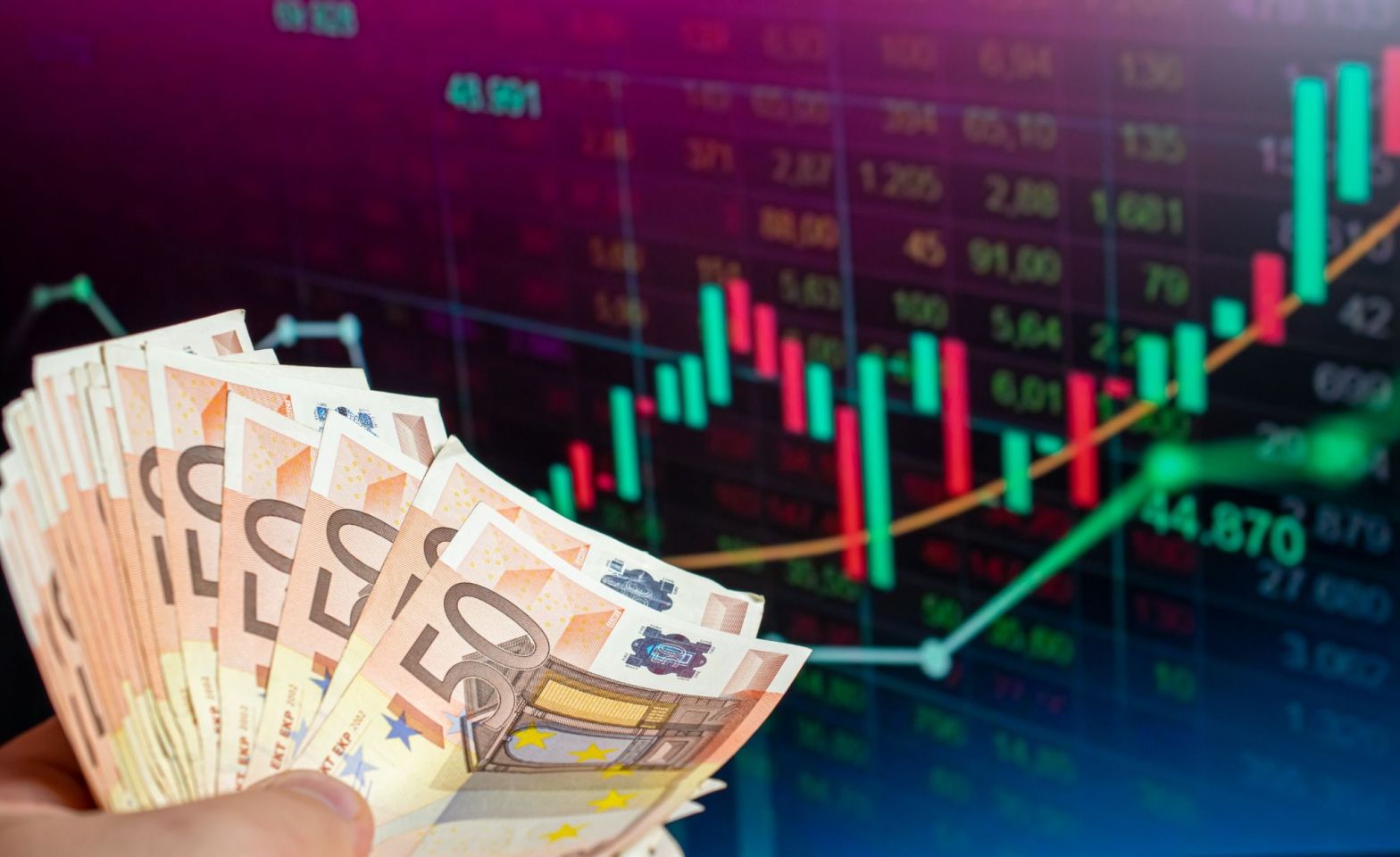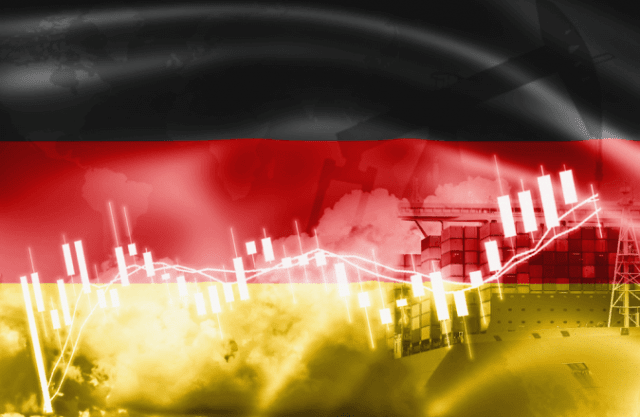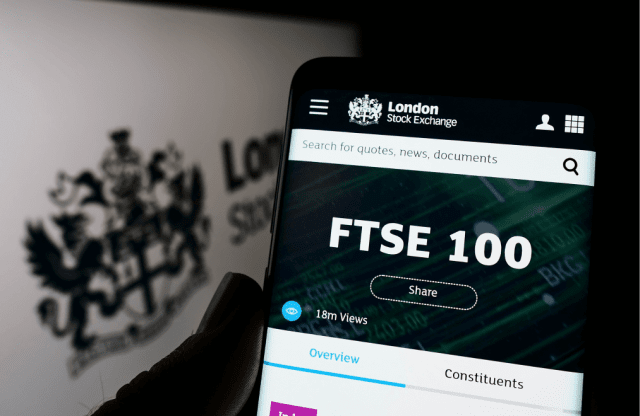A complete guide to trading the EU Stocks 50

Learn about the EU Stocks 50 index, which stocks it includes, price history, and how to trade it via CFDs on Capital.com
What is the EU Stocks 50?
The EU Stocks 50, also known as the EURO STOXX 50, is a stock index that represents 50 of the largest and most liquid blue-chip companies in the eurozone.
Originally named the Dow Jones EURO STOXX 50 when it launched in 1998 as a joint venture between Dow Jones and STOXX Limited, the index is now managed and licensed solely by STOXX, a subsidiary of Deutsche Börse AG.
The EU Stocks 50 serves as a benchmark for the performance of leading companies in the eurozone and provides insights into the overall health of the European economy.
How does the EU Stocks 50 work?
The EU Stocks 50 is a stock market capitalisation-weighted index, similar to the US 500, but representing the European stock market.
Companies with a larger market capitalisation have greater influence on the index’s performance, while smaller companies have less. To maintain diversification, the weighting of any single component is capped at 10%. Key features of the EU Stocks 50 include:
Annual review
Components are reviewed annually each September to ensure they represent the largest and most liquid stocks in the eurozone.
Quarterly rebalancing
Members are reweighted quarterly to reflect changes in market capitalisation and to maintain the weight caps.
Calculation method
The index uses the Laspeyres formula, which measures price changes against a fixed base quantity weight to help track price movements over time.
The EU Stocks 50 is recalculated every 15 seconds during trading hours on weekdays, typically between 8:00am and 5:00pm UTC.
*Except for specific public holidays in Europe, where most major European stock exchanges are closed.
Which companies are included in the EU Stocks 50?
The EU Stocks 50 in an index that comprises 50 of the largest stocks by free-float market capitalisation and trading volume from eight eurozone countries: Belgium, France, Finland, Germany, Ireland, Italy, the Netherlands and Spain.
Stocks included in the index represent the diversity of the European economy, spanning industries such as luxury goods, technology, energy and telecommunications.
STOXX reviews the index annually each September, making adjustments to reflect changes in the market if necessary. French corporation Saint-Gobain and Italian luxury automobile manufacturer Ferrari entered the index in the 2023 update, replacing German real estate company Vonovia and Irish building materials company CRH.
In the September 2024 update, there were no changes in the list of 50 member stocks.
The largest companies in the EU Stocks 50 as of October 2024 were LVMH Moët Hennessy Louis Vuitton, ASML Holding NV and SAP SE.
What’s the EU Stocks 50 price history?
Since launching in February 1998, the EU Stocks 50 has experienced significant price fluctuations, much like the economic and political conditions in Europe and global markets.
In its early years, the EU Stocks 50 rode the wave of the dot-com boom, reaching its all-time high in early 2000. However, this exuberance was short-lived as the bursting of the tech bubble led to a sharp decline, wiping out much of the gains made in the late 1990s.
The mid-2000s saw a period of recovery and growth for the index, driven by economic expansion in the eurozone. This upward trend continued until 2007, when the index reached its pre-financial crisis peak. However, the global financial crisis of 2008 dealt a severe blow to European markets, causing the EU Stocks 50 to plummet by just over 44% that year.
In the aftermath of the financial crisis, the index faced further challenges with the European sovereign debt crisis of 2010-2012 when Greece, Ireland, and Portugal required bailouts, causing investor confidence in the Eurozone to waver and leading to increased volatility in the index.
The mid-2010s saw a gradual recovery, with the EU Stocks 50 benefiting from the European Central Bank's quantitative easing program and improving economic conditions. Meanwhile, political events like the Brexit referendum in 2016 introduced new uncertainties, causing temporary setbacks.
The COVID-19 pandemic in 2020 led to a temporary decline in the index price, before unprecedented fiscal and monetary support from governments and central banks facilitated a slow but steady recovery, reflected in the EU Stocks 50 during the latter half of 2020 and throughout 2021.
In 2022, the EU Stocks 50 faced headwinds from rising inflation, tightening monetary policy, and the geopolitical tensions stemming from the Russia-Ukraine conflict. Despite these challenges, the index showed resilience, ending the year with a relatively modest decline.
2023 marked a strong recovery for the EU Stocks 50, with the index climbing by over 19% amid improving economic conditions in the Eurozone, easing inflation concerns and optimism about corporate earnings.
EU Stocks 50 faced opportunities and challenges in 2024, such as the ongoing energy transition in Europe, evolving monetary policies, and global trade dynamics. Its performance remains closely tied to the broader economic health of the eurozone and the ability of its constituent companies to adapt to changing market conditions.
What are the EU Stocks 50 trading hours?
EU Stocks 50 is traded on major exchanges in Europe – including the Frankfurt Stock Exchange – and generally follows the trading hours of the European stock market, specifically the stocks that it aggregates.
- In winter, its trading hours are Monday to Friday, from 8:00am to 4:30pm UTC.
- In summer, its trading hours are Monday to Friday, from 7:00am to 3:30pm UTC.
For more details on trading hours, visit our stock market trading hours page.
How to trade EU Stocks 50
EU Stocks 50 is an index, meaning that it can be traded directly on several major European exchanges. Traders may also choose to trade EU Stocks 50 via a derivative, a financial product that takes (or ‘derives’) its value from the price of the underlying asset.
You can use a contract for difference, or CFD, to trade on the EU Stocks 50 price. A CFD is a contract, typically between a broker and a trader, where one party agrees to pay the other the difference in the value of a security, between the opening and closing of the trade.
You can use CFDs to trade on whether you think EU Stocks 50 will rise (called ‘going long’) or fall (‘going short’). CFDs give you access to leverage, allowing larger positions with a relatively small outlay. This amplifies your potential profits, but also your potential losses, making CFD trading risky.
You can learn more about trading indices with Capital.com in our comprehensive guide to index trading.
Aside from CFDs, you can also trade EU Stocks 50 through instruments like futures, options, ETFs, and mutual funds. Each offers an alternative to the leveraged trading of CFDs, suiting different risk profiles and investment strategies.
You can follow the EU Stocks 50 performance live with our EU Stocks 50 price chart.
Need more support? Try our step-by-step indices course to guide you through the basics to the advanced concepts.
FAQs
What is the EU Stocks 50 index?
The EU Stocks 50 – or EURO STOXX 50 – is a stock index representing 50 of the largest and most liquid companies in the eurozone. It serves as a barometer for the European economy and includes stocks from various sectors and countries within the eurozone.
Other notable indices managed by Deutsche Börse AG include the Germany 40 and Germany Tech 30.
How is the EU Stocks 50 calculated?
The EU Stocks 50 is a stock market capitalisation-weighted index. Companies with larger market capitalisation have more influence on the index's performance, but no single company can have a weighting exceeding 10%.
Which companies are in the EU Stocks 50 index?
The EU Stocks 50 includes 50 of the largest companies from the eurozone, by market capitalisation and trading volume. The full list is reviewed annually in September.
As of October 2024, its top constituents include LVMH Moët Hennessy Louis Vuitton, ASML Holding, SAP, Hermès, and L'Oréal.
How often is the EU Stocks 50 updated?
The components of the EU Stocks 50 are reviewed and updated every year in September, and the weightings of the constituents are rebalanced quarterly.
Visit our other complete trading guides

How to trade the Germany 40
